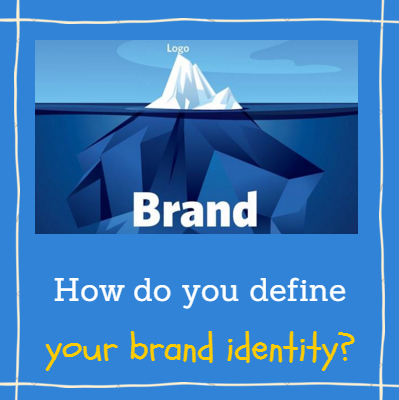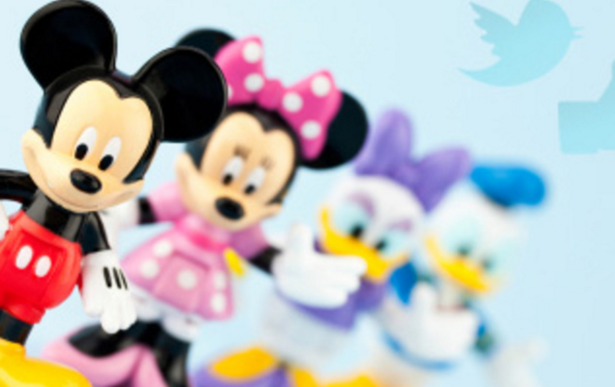Tag: brand identity

Foolproof Design Brand Tips For Massive Growth and Popularity
And the more feeling and emotion you express, the more attention to small business brands. And the more influence it can create. Not rocket science is it? Is improving attention to a small business design brand a high priority to you? Check out our thoughts on creative marketing. As long as it’s positive, there is no…
How Zappos Builds Brand Identity by Using a Distinctive Voice
As marketing types, we confess to having an obvious bias when it comes to an expression of a brand’s story. We tend to experience a brand primarily through our eyes, watching how it draws us into its world. This is all about how Zappos builds brand identity. And when we are creating a brand identity…

Strong Brand Identity: Look For These 9 Key Requirements
How to be heard in a world too busy to listen and with too much to hear. Have you ever defined your favorite brands and questioned why? It is a key exercise we often use with our clients. It helps to evaluate what should be the heart of your company’s strong brand identity. Check out our…

8 Secrets to Learn from the Ritz-Carlton Marketing Strategy
The customer never buys what you think you sell. Great quote from Peter Drucker. Have you ever stayed at a Ritz Carlton hotel? Attracted by the Ritz-Carlton marketing strategy? Do you agree with Peter Drucker in thinking that the Ritz-Carlton doesn’t know what its difference-maker is? More importantly did you decide to stay with this hotel…

10 Secrets to the Innovative Disney Marketing Strategy
Do you make continuous improvement a focus of your marketing strategy? Most of the best marketing strategies we study and follow certainly do, and that is an awesome way to do marketing. Yes, the innovative Disney marketing strategy is making their business better and better all the while. And their growth is all about their…